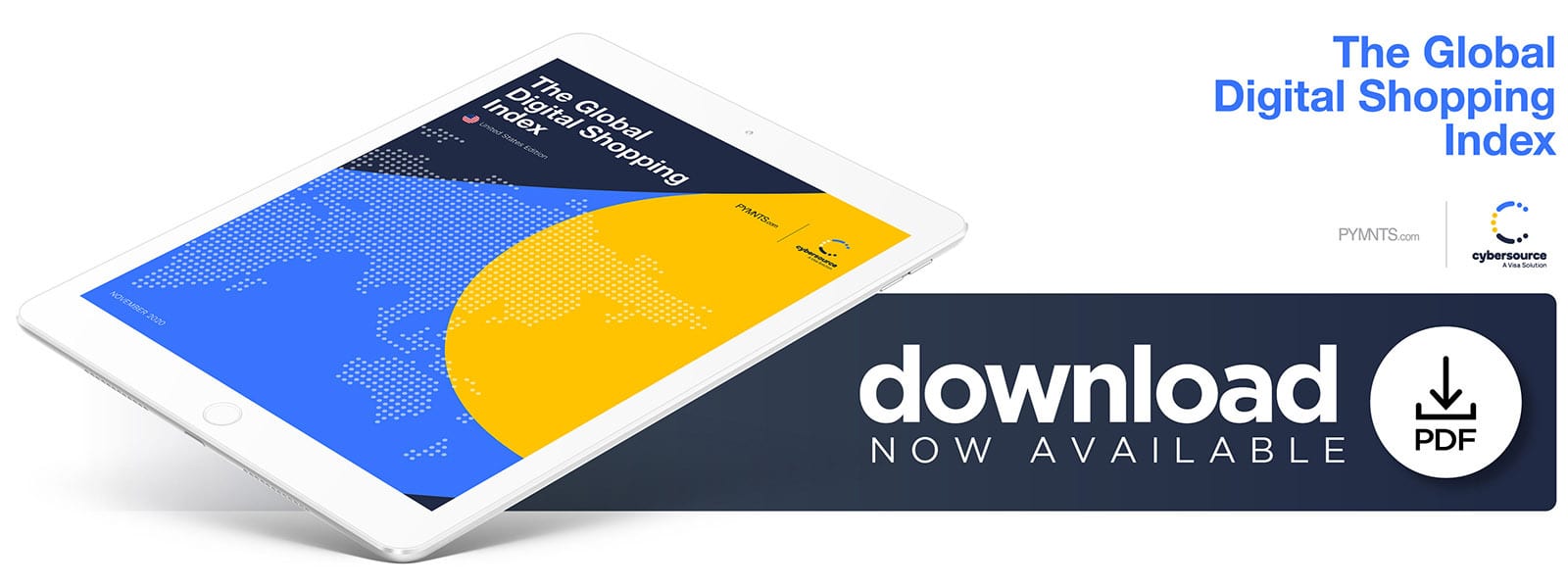
 Not all that long ago, consumers would head to local business districts or malls without necessarily having set plans about what they might buy or which shops they might enter. The COVID-19 pandemic has fundamentally altered the age-old tradition of going shopping, however. The vast majority of United States consumers now know what they want to buy before they begin making purchases — and once they have made up their minds, they are far more likely to reach for their computers and mobile devices than they are their car keys. The share of all consumers making purchases with digital devices has increased from 27 percent in March to 42 percent.
Not all that long ago, consumers would head to local business districts or malls without necessarily having set plans about what they might buy or which shops they might enter. The COVID-19 pandemic has fundamentally altered the age-old tradition of going shopping, however. The vast majority of United States consumers now know what they want to buy before they begin making purchases — and once they have made up their minds, they are far more likely to reach for their computers and mobile devices than they are their car keys. The share of all consumers making purchases with digital devices has increased from 27 percent in March to 42 percent.
 These are among the key findings that have emerged from the Global Digital Shopping Index, an extensive PYMNTS study examining how consumers are using digital technology to augment and even replace traditional shopping experiences as well as how merchants are adapting to these shifts. The report focuses on the U.S. market and is based on a survey of 2,170 consumers and 500 merchants. Subsequent reports will examine markets in Australia, Brazil and the United Kingdom.
These are among the key findings that have emerged from the Global Digital Shopping Index, an extensive PYMNTS study examining how consumers are using digital technology to augment and even replace traditional shopping experiences as well as how merchants are adapting to these shifts. The report focuses on the U.S. market and is based on a survey of 2,170 consumers and 500 merchants. Subsequent reports will examine markets in Australia, Brazil and the United Kingdom.
Our research shows that consumers are more often starting their shopping journeys online and that a growing share are choosing to finish their journeys there and having products shipped to their homes. The portion of consumers who prefer wholly digital shopping journeys has increased 22 percent since the pandemic began, to the point that these digital natives now make up more than one-quarter of U.S. consumers.
 The factors driving this shift are not hard to surmise. Many stores are operating with limited hours and other restrictions, while consumers want to minimize the risk of exposure to the coronavirus and avoid other stresses at a time when many already face their fair share. This does not mean that consumers are ready to forsake brick-and-mortar stores, but they are looking for ways to make shopping trips as efficient and safe as possible. Our research shows that many consumers have shifted to cross-channel commerce, such as buying food and products online and retrieving them in stores or curbside. The share of cross-channel shoppers has grown by 28.2 percent since the pandemic began, and it now represents 12 percent of all consumers.
The factors driving this shift are not hard to surmise. Many stores are operating with limited hours and other restrictions, while consumers want to minimize the risk of exposure to the coronavirus and avoid other stresses at a time when many already face their fair share. This does not mean that consumers are ready to forsake brick-and-mortar stores, but they are looking for ways to make shopping trips as efficient and safe as possible. Our research shows that many consumers have shifted to cross-channel commerce, such as buying food and products online and retrieving them in stores or curbside. The share of cross-channel shoppers has grown by 28.2 percent since the pandemic began, and it now represents 12 percent of all consumers.
In-store shopping is rife with frictions today, however, as consumers face long waits in lines, product shortages and strict pandemic-related distancing and mask-wearing requirements. Our study features an Index measuring consumers’ satisfaction regarding various aspects of their shopping journeys. It shows that digital natives are by far the most satisfied with their shopping experiences, while brick-and-mortar shoppers are by the far the least satisfied.
 These circumstances reveal that retailers must offer digital services that go well beyond merely offering web or mobile sites. They need to employ powerful digital features and payments capabilities that imbue shopping experiences — wherever they occur — with a sense of control, convenience and safety. These tools can help merchants drive loyalty at a time when foot traffic and traditional advertising count for much less than they once did.
These circumstances reveal that retailers must offer digital services that go well beyond merely offering web or mobile sites. They need to employ powerful digital features and payments capabilities that imbue shopping experiences — wherever they occur — with a sense of control, convenience and safety. These tools can help merchants drive loyalty at a time when foot traffic and traditional advertising count for much less than they once did.
These findings just scratch the surface of our research. To learn more, download the report.
About The Report
The Global Digital Shopping Index, a collaboration with Cybersource, is a comprehensive study of changing digital shopping patterns and provides a roadmap the help merchants navigate this complex and evolving landscape.